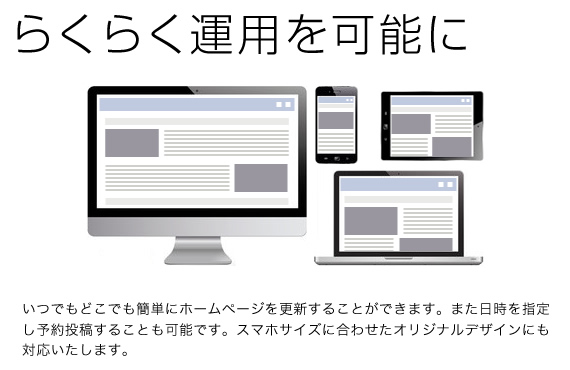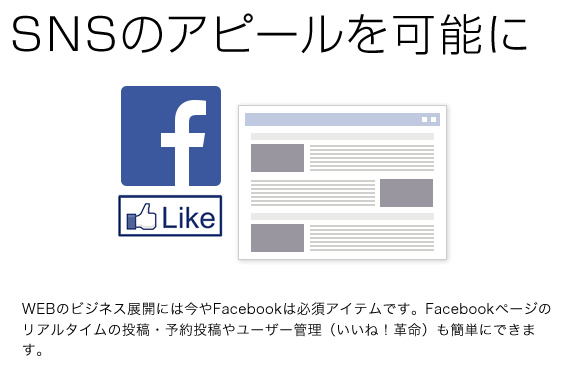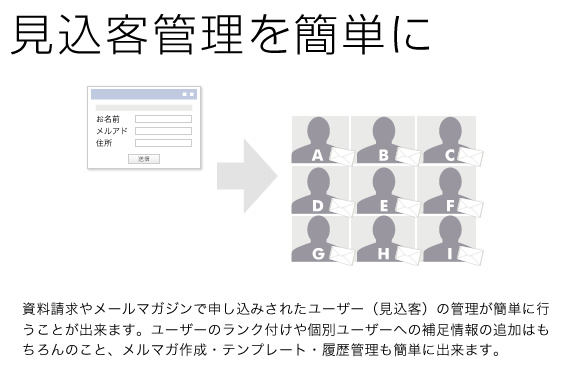PPC, or Pay-Per-Click, is a type of digital marketing where advertisers bid on specific keywords they want their ads to show up for in search results. When someone searches for those keywords, the ads appear at the top of the results page and if clicked on the advertisers pay-per-click. An effective SEO strategy will not only give direction to your efforts but also help you focus on activities that offer the most benefit to your site’s visibility and search rankings. If you’re new to building backlinks, it can be confusing to figure out where to start or which websites might link to yours. So, for every keyword you target, make sure the content you create aligns with the search intent of that query.
We also offer a variety of SEO courses in our Yoast SEO academy, where you can find 5 free courses to get started. For example, the SEO for beginners course, the WordPress for beginners course and a course on structured data. If you’re a Yoast SEO Premium user, you get access to all 16 courses on there. Which will really help you dive into the different aspects of SEO and how to tackle them. On-page SEO mainly revolves around content SEO and using the elements around that content to improve your findability for relevant terms.
So, it’s important to consistently produce new content, update existing web pages, and continually optimize your website’s performance. The more user-friendly your website is, the better the experience for visitors. Like blog posts, case studies, ebooks, whitepapers, and landing pages. For instance, when someone searches on Google (let’s say for “on-page seo”), Google’s algorithm sifts through countless webpages to present the ones most relevant to that user’s query in the results.
Google SEO Fundamentals
And if people leave the page, that (often) sends a signal to search engines that the answer was not useful and search engines may reduce your rankings. Therefore, the next step is to go back to your Level 3 keywords and start writing blog posts (content) for the remaining keywords. Keep in mind that local SEO (SEO for companies with a physical storefront or local service) is slightly different. The principles we’ll discuss below are still relevant, but local businesses must also consider the Map Pack and additional ranking factors. On-Page SEO is the practice of optimizing individual web pages in order to rank higher and earn more relevant traffic in search engines.
Every once in a while there are rumors that Google will stop considering backlinks as a ranking factor, but that is very unlikely to happen any time soon. The whole Internet is pretty much made of links between sites, and the more links a site has the more authoritative it looks to search engines. On-site SEO creates the optimal internal website BHS Links environment to make it easy for search engines to crawl, index, and understand pages so they rank well for targeted keywords. Fast page load speeds also play a big role in how search engines rank pages. Optimizing images, enabling compression, minimizing file sizes, and implementing caching help ensure quick load times, which creates better user experiences. SEO may sound complex, but it’s based on some core principles that optimize websites to earn visibility and traffic from search engines.
- Historically websites have copied content from one another and benefited in search engine rankings by engaging in this practice.
- Rubright shares three best practices for link-building outreach — so you can earn links without paying for them.
- Lastly, you will also learn the finer aspects of analyzing your competition and the difference between B2B vs. B2C.
- Otherwise, no one will be able to find your page on Google’s search result pages (SERPs), and you won’t get any organic traffic.
- Generating around 53.3% of all website traffic, organic search has become a crucial part of online marketing.
- On-site SEO creates the optimal internal website environment to make it easy for search engines to crawl, index, and understand pages so they rank well for targeted keywords.
Content Marketing
The first step is researching how search engines like Google determine which websites to rank. More than visibility, SEO drives targeted, ready-to-buy traffic to your site. Searchers have intent – they are looking for something specific. By ranking for aligned keyword phrases, SEO directs qualified visitors who are more likely to convert into customers.
The following are the most common meta directives, along with what situations you might apply them in. You can tell search engine crawlers things like “do not index this page in search results” or “don’t pass any link equity to any on-page links”. These instructions are executed via Robots Meta Tags in the of your HTML pages (most commonly used) or via the X-Robots-Tag in the HTTP header. 4xx errors are client errors, meaning the requested URL contains bad syntax or cannot be fulfilled. One of the most common 4xx errors is the “404 – not found” error. These might occur because of a URL typo, deleted page, or broken redirect, just to name a few examples.
Not only will this boost your business and ensure that people searching from their phones can use your site, but it is also important to Google. The search engine often employs mobile-first indexing, which essentially means that it crawls the mobile version of your site in order to determine how it should rank amongst its results. That’s why the mobile version of your site deserves your undivided attention. Another essential element of SEO is ensuring that all searchers can reach your site and have a positive user experience. In today’s world, over 50% of all traffic comes from mobile devices.
To optimize your titles, be sure to:
Before you do any of that, you have to first understand your website’s goals to execute a strategic SEO plan. It’s worth noting that there are many other search features that, even though they aren’t paid advertising, can’t typically be influenced by SEO. These features often have data acquired from proprietary data sources, such as Wikipedia, WebMD, and IMDb. Some SERP features on Google are organic and can be influenced by SEO.
There’s a lot more to on-page SEO than I could cover in a single post. In this case, you want to publish content that’s 10x better than what’s out there. Sometimes you want to create something bigger and better than what’s out there.








